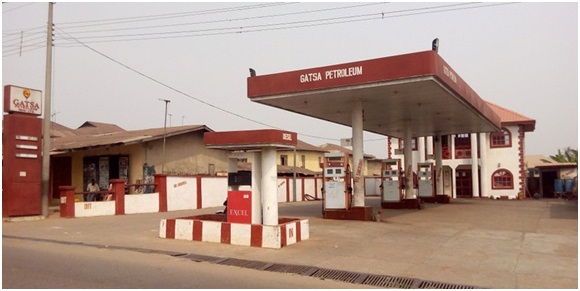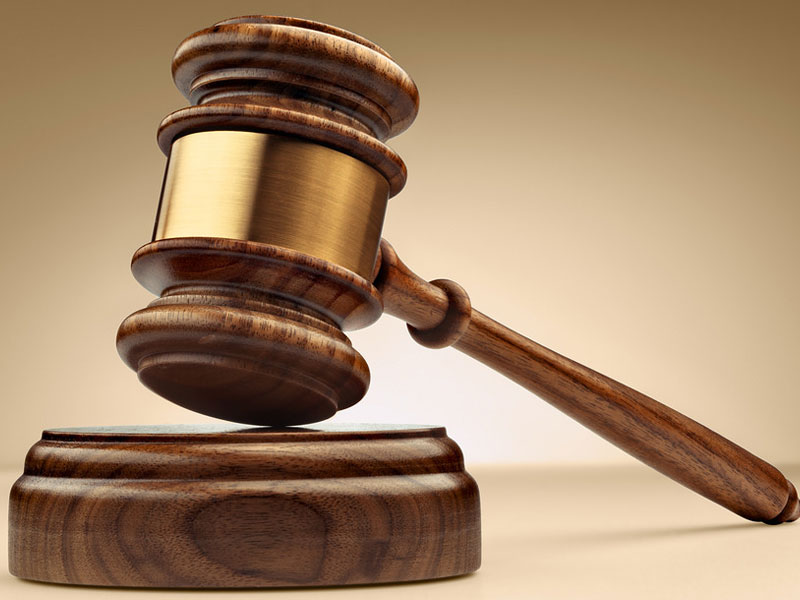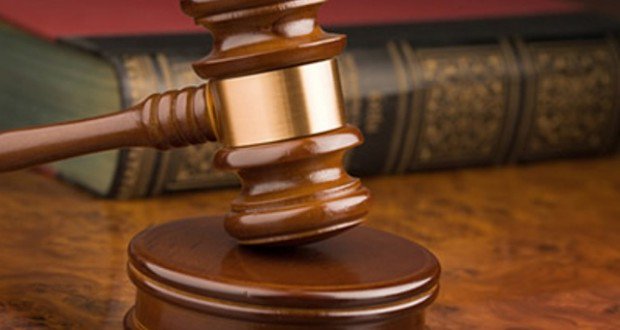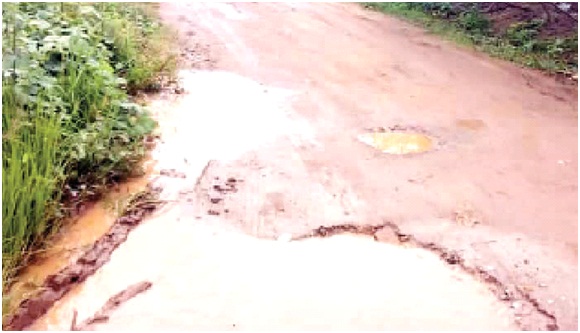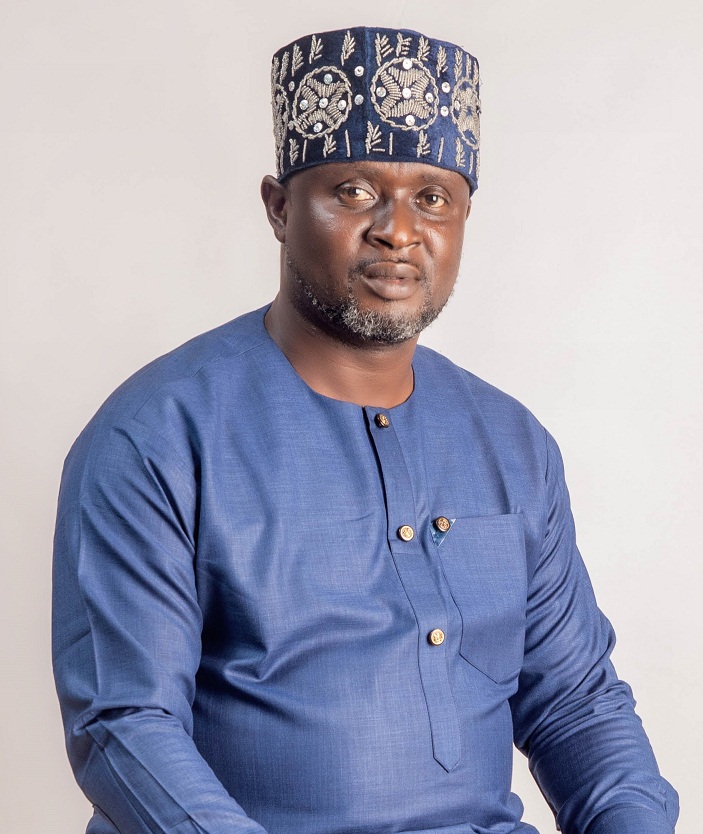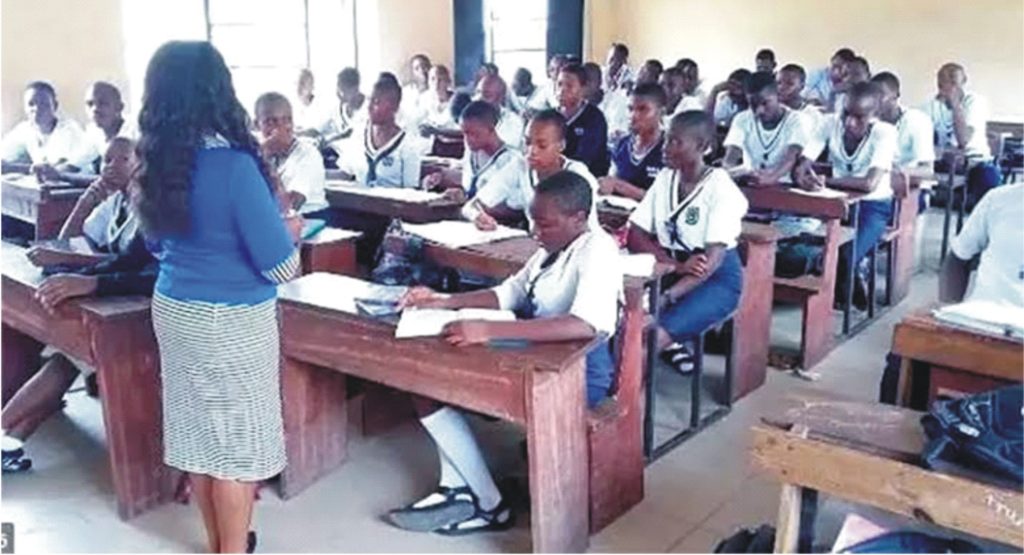UPPER BACKACHE
UPPER BACKACHE
By Dr. A.I. Irinoye
|
The spinal discs are in between the vertebrae in the spinal column from the base of the neck to the pelvis. The spinal discs are associated with the important nerve trunks which supply the whole body so it is not difficult to understand how any irritation to them give rise to all kind of vague aches and pain over many areas, sometimes stimulating other forms of disease elsewhere so that differentiation may be difficult. Disc discomfort in the neck may give rise to pain in the shoulders, arms and other part of the upper body.
The term neuritis is applied to pains that affect the arms and hands. Backache is fatiguing and if it continues over a long period, it is more likely to undermine the general -health. Quick and adequate attention giving to backache can ensure complete recover, but many people don’t pay much attention to this, some even believe that the problem will right itself along the line, while’ in reality the problem moves from bad to worse.
Injuries affecting the spine calls for rest until the acute pains have subsided. The recuperating period depends on the severity of the injury: what is more important is that the recovery should be complete so that the spine can be put through its full movement without causing pain and discomfort. A host of diseases affect the ‘bones of the spine and if left unchecked may lead to grave consequences e.g. Tuberculosis of the spine, degenerative disorders etc. This may lead to the spine loosing its ventical structure. Some people end up with the collapse of the upper spinal column which is called kyposcoliosis. This is a form of hunch back w ith distortion of the posterior view of the. spine to form letter S. Sometimes after a fall or accident. the spine is deformed.
The bones of the rib cage are attached to the upper spinal vertibra, the nerves supplying the anterior structures arise from this area of spine. By similar reasoning, diseases affecting other body organs in the chest are referred to the back e.g Peptic ulcer, Reflux oesophagitis etc.
A normal disc in the spine can withstand quite a lot of strain and of course in subjected to it in the cause of ordinary activity. Naturally is can be damaged when subjected to use of excessive force. The discs’in the neck is subjected to the greatest amount of movement.. Damage to the neck discs is common. It is common in our hospitals to see patients with neck injuries to ‘ the discs of the neck due to road accidents. This is due to “Whiplash” injury, that is the violent jerking forward and backward of the head. This is very common especially ‘ where commuters fail to use the safety seat belts. Severe cough cannot only be troublesome but can also cause backache. Tumours eroding the chest posteriously can also cause backache.
The chest is subjected to a lot of abuse. One the carriage of heavy luggage on the head puts a lot of strain on the neck and disc compression results. .A host of people take to smoking. Heavy smokers go through strenuous bout of coughing when they arise in the morning and . this can make the spine uncomfortable for the rest of the ,day. Sneezing following a cold can also cause strain on the back. It is therefore imperative that when one is treating-chest infection, it should be accompanied with measures adopted for the building up of the strength and mobility of the whole spine. Preventing Disc Troubles.
Preventing Disc Troubles
Every individual need to examine him/herself to assess the status of the spine. A good test is the mirror test. Stand in front of a mirror test. Stand in front of a mirror unclothed, the mirror should be full length. Observe the general outline of the body. Turn slowly in a circle and observe the whole body. Look at the way the head is sitting on the neck. See if the head is tilted to one side. If this is seen then there is disc compression on that side. Neck observe the shoulders, is one slightly twisted? Stretch the hands by the sides and see if one hand’ reaches down farther down than the other. Observe the hips downwards, does one appear higher than the other? Observe the knees, does one appear slightly bent?
If the head is seen to be bent slightly, this may be due ‘ to tension in the upper spine and it is more likely that there may be thinking of the cervical (neck) discs. Tension of the neck muscles results and this manifests a£ constant headache and should not be taken likely. It must be stated that whenever there is postural defect in the spinal discs, unless it is corrected, the disc na^; breakdown completely. The posture of the body is fundamental to good body mechanics and efficiency. The wearing of high Tree 1 shoes often distortyfiheflxidy posture.
Nutritional support is of vital importance in attaining and maintaining the health and resistance of all the structures in the body. The many processed foods present in .our menu especially in our urban areas may satisfy our appetite but at the same time they deprive the body of essential food elements. Starchy foods like white flour and fats and the foods which are made from them form part of the junk that does/more harm-To the body. The danger here is that consumption of these, foods to the exclusion of-other foods leaves one with ja deficiency diet. Poor nutrition may undermine the structures of the teeth, bones and spinal discs alike, this may make the spine incapable of performing their full functions. In promoting physical or moral health wholesome foods should form the major portion of the menu. The diet should consist of protein foods like lean meat, fish, eggs, cheese, whole grain products, fruits, honey with a generous amount left’ freshly prepared vegetables, salads with as little of the refined and processed foods as possible. This will ensure that the system is supplied with all the essential food elements including vitamins and minerals. This is essential-to prevent breakdowns of the spinal discs.
Planning Exercises
There are a few exercises that can be performed. The idea is not to develop the muscles and other structures ‘but to know the limitations to which the spine and its structures can be subjected. A few people undertake certain exercises while disregarding areas of weaknesses that may exist in the body. The problem is that the stronger parts will become stronger- and the weaker areas become strained and may give up in despair. So there is need for professional touch in exercises concerning the upper back while special exercises are required for the correction of specific conditions such as disc problems, the whole body that walks as a unit must also be exercised. The general exercise may take the form of vigorous walking, cycling, hiking, outdoor- recreational activities etc. Over exertion must be avoided in any of the exercises. It must be remembered that it is far better to do too little than -to’ do too much and suffer a breakdown.
Exercise 1: In the sitting position with the legs stretched out on the floor attempt to reach the toes with the fingers. This places some strain on the spinal muscles and ligaments! This exercise is good for the entire spinal column. Elderly people benefit a lot from this exercise.
Exercise 2: Stand in the upright position hands by the sides and with the feet together. Lean forward as if you want to touch the floor with your finger tips. You don’t have to touch the floor, this is dangerous.
The strain you feel in your muscles should be a limiting factor. Don’t flex your knees. Relax in this position for a while. Move the hands up and down rotating the spine slowly in the process. Elderly people should avoid this exercise as it increases blood flow to the head and pulling oneself back may be difficult. The’ young ones can do this exercise easily, sometimes with the fingers touching the floor. This exercise relaxes the upper two-thirds of the spine.




